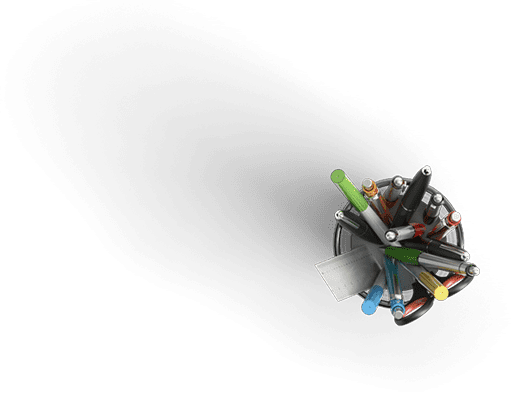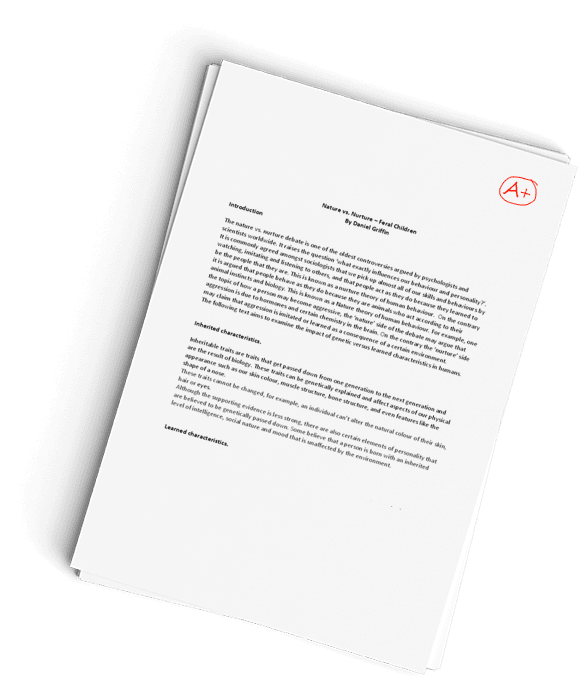Santa Monica College Peoples of The Anaconda by Wade Davis Paper
Question Description
Anthropology 2 class
Watch Wade Davis’s film, Peoples of the Anaconda, which follows chapter 3 closely.
Find, list and comment on 5 highlights, moments that resonate with you; just as you did for Sacred Geography of the Andes.
and comment 2 student
student 1 Paulo (reply 200 -300 words around )
1. 3:41 – “Ricardo tells us that for him, the mountains, rivers and waterfalls below us are both physical places and sacred sites.”
This part takes me back to the documentary we watched about the Sacracy of the Andes in terms of the respect the that the Andean and the Barasana people have for their surrounding environment. They understand that while the land is seen as physical aspect, they also see it as spiritual sites and therefore must pay utter respect to those locations. They understand that their survival depends on the land and that they’re not in any way detached from it.
2. 11:10 “As we travel on, my guide explains that the river people don’t believe in a single god. Rather, they say that supernatural beings existed before people were created before them.”
What’s striking about this part is that these people had no contact with other civilizations other than the ones close to them or themselves. Yet, polytheism has always been practiced for generations across the globe. As a primary example, the gods of ancient Greece. To the Barasana, it’s paramount to worship different gods who have been essential to their continuity. For instance, the rock that represents the Cassava Woman or the sacred waterfall that represents Mother Goddess.
3. 17:10 – “But Ricardo and his people came to realize that conversion to Christianity also meant the death of their own religion.
On this part, I also saw some connection with the European colonization of Brazil. Upon their arrival in that country, they tried to convert not only the native indians into become Catholic, but also the slaves that were brought from Africa to work in the sugar cane fields. For the Barasana, it took around five years for them to realize that neglecting their roots and adopting a new religion, it would mean not only the death of their own identity but also the gradual extinction of their own existence. According to Davis, that was something they were not willing to do and therefore, asked for the missionaries to leave back in 1976. Here the sense of monotheism and believing that there’s salvation through one god did not work for the Barasana.
4. 34:22 – “In our myths, the first being was a woman, Romi Kumu. She existed before we had manioc. She created everything: the maloca and everything to do with the rituals, food and procreation. She created all these things. And that’s why the women’s role is so central, so essential, so supremely important.“
Here we have a society, which some outsiders might consider as “primitive,” yet Anthropologists see it as highly evolved and dynamic one, the Barasana have a great deal of respect for their women. They have a very important role in role in everything. It’s not by chance that the inside of the maloca is also considered to be a womb: it’s their protected universe. Despite their hard work of making the food and feeding their guests, they won’t work on the two days of the ceremonial dance. The Barasana men understand that the women are “supremely important” to their continuity.
5. 42:34 – “This is a moment of great respect. We take yagé; we think of the whole world of the sacred sites, the origins of our thoughts and our dances. This is the most sacred stage.”
By watching this documentary, one cannot deny that the Barasana work and live as a single “organism.” They feel connected with the material and spiritual plane on a much more complex level than any outsider can ever imagine without having some knowledge of Cultural Anthropology. In addition to that, their great deal of respect to women, the spiritual plane and to their environment can also teach us on how to coexist with everything and everyone around us. Their dances and the connection with the spiritual plane help them maintain their identity alive and therefore, assure that the continuity of their existence will keep on going.
student 2 Melanie ( reply 200 -300 words around )
- (3:40 – 3:55)
Wade Davis’ guide, Ricardo explains, “the mountain, rivers, and waterfalls below us are both physical places and sacred sites.” This linkage of the spiritual and physical dimensions of the landscape is described to have the wisdom of his ancestors. This particular scene stood out to me – it made me consider how we should cherish our land and nature and not take it for granted. With man-made pollution and our consumer habits on the rise, deforestation and the destruction of nature is evident in fuelling industrialization; but many of these lands we destroy may have spiritual significance to them. Not only are we destroying land, but we are destroying peoples’ cultures and history.
- (9:14 – 11:05)
This scene stood out to me because it demonstrates the role of women in their society. It made me consider how this compares to how women in other countries are being perceived. The men were not intimidated or overshadowed by the importance of women in their society, but rather they embraced it – which I admired greatly. The women of the Barasana are in charge of creating the ritual food – Cassava bread for everyone. They believe there is a spiritual figure called Cassava woman who appears in human form when the ritual of the ‘cassava gland dance’; for the sole purpose of celebrating the staple food. Throughout the documentary, the role of women is emphasized and reinforced; stating that the role of women is central, as women were the first being was a woman in the myth of their culture.
- (18:40 -19:20)
Seeing the people of the Barasana create their own educational system with the help of the Amazon foundation, was remarkable to me because it made me understand how education is essential in the preservation of culture and knowledge. Davis describes the education they receive is taught from the national curriculum in Spanish and traditional teachings in their languages. Furthermore, Davis describes that their vast territories allow them to protect their cultures. Linking this particular scene to the previous discussion we completed last week; assessing the various dilemmas and problems indigenous groups face; the need for education in preventing language and culture loss is essential.
- (32:55 – 34:01)
The day before the dance begins, completing preparations before all normal routines are suspended for 2 days. Women are children can eat during the ceremony, required to feed their guest. All food must be prepared prior to the dance, children and women are seen working hard together. Davis states that men will not eat at all. This scene shows the high level of commitment they have toward the dance and collectivism and group unity in working together.
- (42:50 – 43:44)
When the great sacred dance began. It was said that the space of the universe and space of the house and bodies of the dancer are all united at this point. The dancers began taking hallucinogens to think of the origins of their culture, their land, their ancestors. Living in another dimension and another world inside their maloca. Seeing the dancers and the audience viewing the dance showcases the manifestation of the Barasana ancestors. This scene was very profound to me because I can see that each individual was fully immersed in the dance and that there were no distractions nor interference; showcasing their mutual love and respect for their land and culture.
Have a similar assignment? "Place an order for your assignment and have exceptional work written by our team of experts, guaranteeing you A results."








